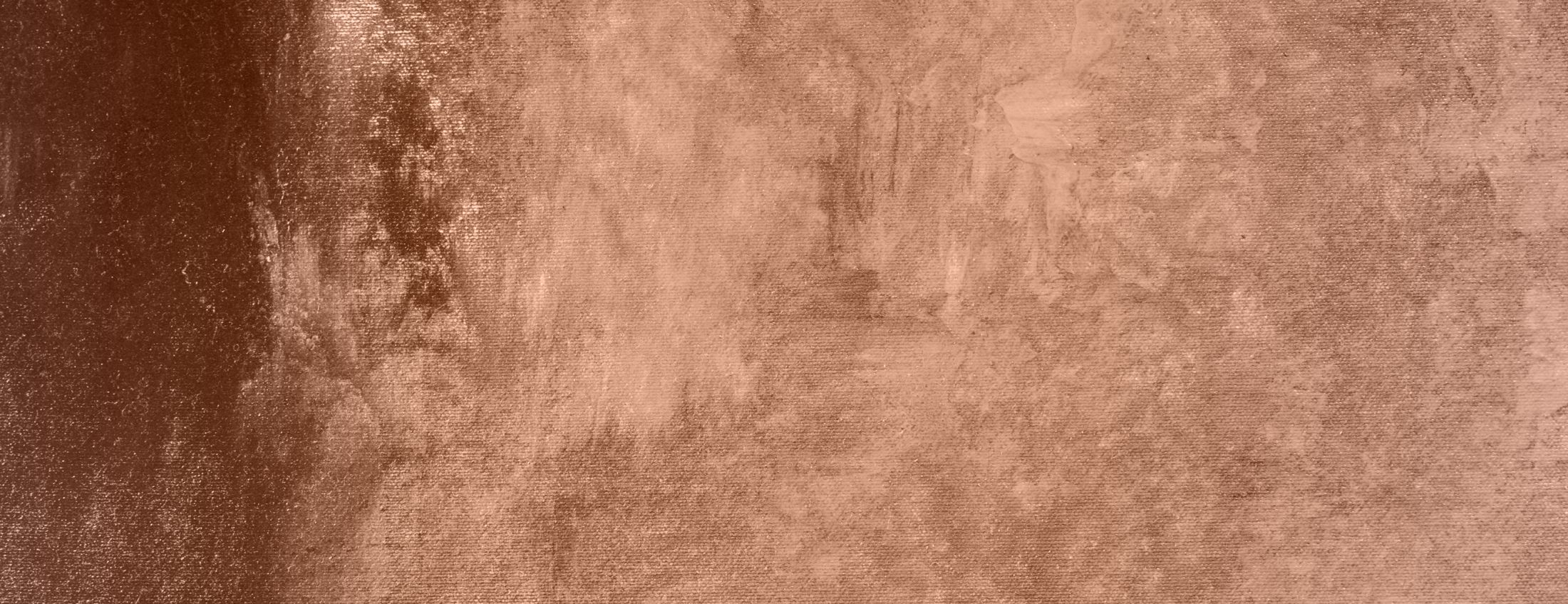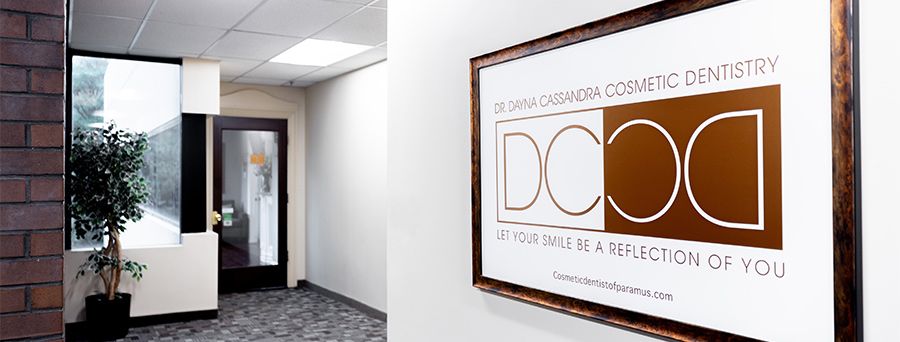Bite Analysis

At Dr. Dayna Cassandra and Associates in Paramus, NJ, we take our time to ensure your teeth work together so they stay protected and provide long-term stability and comfort.
A bite analysis is an important diagnostic tool that helps us identify and treat various dental issues before they become serious problems. It also allows us to rebuild and rejuvenate a smile with predictability and confidence. Remember, a balanced bite is the foundation of a healthy smile. Let us help you achieve optimal dental health and comfort.
At Dr. Dayna Cassandra & Associates, we proudly provide exceptional general and cosmetic dental care to patients in Paramus, Westwood, Washington Township, Oradell, Woodcliffe Lake, Parkridge, Montvale, Maywood, Hackensack, River Edge, Fair Lawn, Allendale, Ridgewood, HoHoKus, Waldwick, Saddle River, Upper Saddle River, Ramsay, Mahwah, Teaneck, Englewood, Alpine, and throughout Bergen County, NJ and Rockland County, NY. Your smile is our priority, no matter where you are!
Bite analysis is a detailed examination of how your upper and lower teeth come together when you are eating/chewing during normal function and then gives us an idea of the para-functional habits like clenching and grinding. We are able to identify issues that are interfering with a comfortable, repeatable and stable bite position. We analyze:

A proper bite is crucial for:
When you visit us for a bite analysis, here's what you can expect:
We recommend bite analysis if you experience:
Even without symptoms, regular bite analysis can catch and prevent future problems.
If we find issues during your bite analysis, we offer several treatment options:
Our team will create a personalized treatment plan to address your specific needs.

Don't let an unbalanced bite cause you pain or damage your teeth. Schedule your bite analysis with Dr. Dayna Cassandra and Associates today. We're here to ensure your smile is beautiful, healthy, and comfortable.

To begin the process of a comprehensive bite analysis, the first appointment typically takes about 30 to 60 minutes. This includes the initial examination, bite registration, digital scanning, photos, and a brief discussion of the findings. The models are then fabricated and mounted on an instrument to allow the doctor the ability to do the analysis. This is done without the patient present as it is often complex and time-consuming. The doctor documents the findings, and then an appointment to discuss the analysis is the next step.
The time needed to complete the process can vary depending on the complexity of your case and whether additional tests are needed. We always ensure we take the time necessary to assess your bite and explain our findings.
No, bite analysis is not painful. The analysis is done outside of the mouth using specific records and instrumentation. The diagnostic record taking is a non-invasive procedure that involves examining your teeth, jaw muscles, and bite. You might feel slight pressure when loading the jaw joint and testing the movements but this is not typically painful. There may be discomfort in the muscles when the exam is being done, but sore muscles are a true indicator that a bite analysis is important. Pain in the TMJ could indicate degeneration of the jaw joint or damage to the disc that assists in jaw function. Dr. Dayna Cassandra and her team prioritize your comfort throughout the process.
The cost of a bite analysis can vary depending on the specific tests performed. Most dental benefit plans do not cover the cost of the analysis; however, they may cover a portion of the diagnostic records needed to get started. Insurance coverage will vary, depending on what your employer has decided to add to their plan as a covered benefit. We recommend checking with your insurance provider about coverage. At our office, we offer various payment options to make this essential diagnostic tool accessible to all our patients. Before proceeding with any analysis or treatment, we'll discuss the costs with you.
Bite analysis can help identify wear patterns that are often associated with sleep apnea or related sleep disordered breathing issues. A small mouth and other various intraoral conditions can sometimes contribute to airway obstruction during sleep. Through bite analysis, we can determine if your tooth wear is consistent with that seen in a person suffering from sleep disordered breathing. We document the findings and provide you with the report to take to the medical doctor so that they are aware of the damage being done to your teeth and can help you determine the source of the problem. A medical doctor would assist you in scheduling sleep study, which is typically necessary for a definitive sleep apnea diagnosis.
If you're experiencing symptoms like jaw pain, headaches, or difficulty chewing, you should schedule a bite analysis as soon as possible. Broken, cracked and worn-down teeth are also a reason to have an analysis. Additionally, we recommend a bite analysis before and after major dental work, to ensure your bite remains balanced and your natural teeth and newly invested dental work are protected.
A visual inspection of your child's bite can be very beneficial, especially as their teeth and jaws are developing. It can help identify potential orthodontic issues early, allowing for more effective intervention. We typically recommend a child to have their first dental visit by 3 years old so that we can look for things like oral tethers, soft tissue concerns, missing teeth, open bites, and crossbites that could interfere with proper skeletal development. Interceptive orthodontics can be very beneficial to a child’s growth and development. I recommend a child’s first orthodontic evaluation between the ages of 4 and 7 years old.

